What is the over current protection setting on a generator?
For businesses relying on diesel generators, whether for prime power, standby, or mission-critical backup, ensuring safe and reliable operation is paramount. One of the most crucial safety mechanisms integrated into any generator control system is Over Current Protection (OCP). Understanding what it is, how it works, and its importance is essential for protecting your investment and personnel.
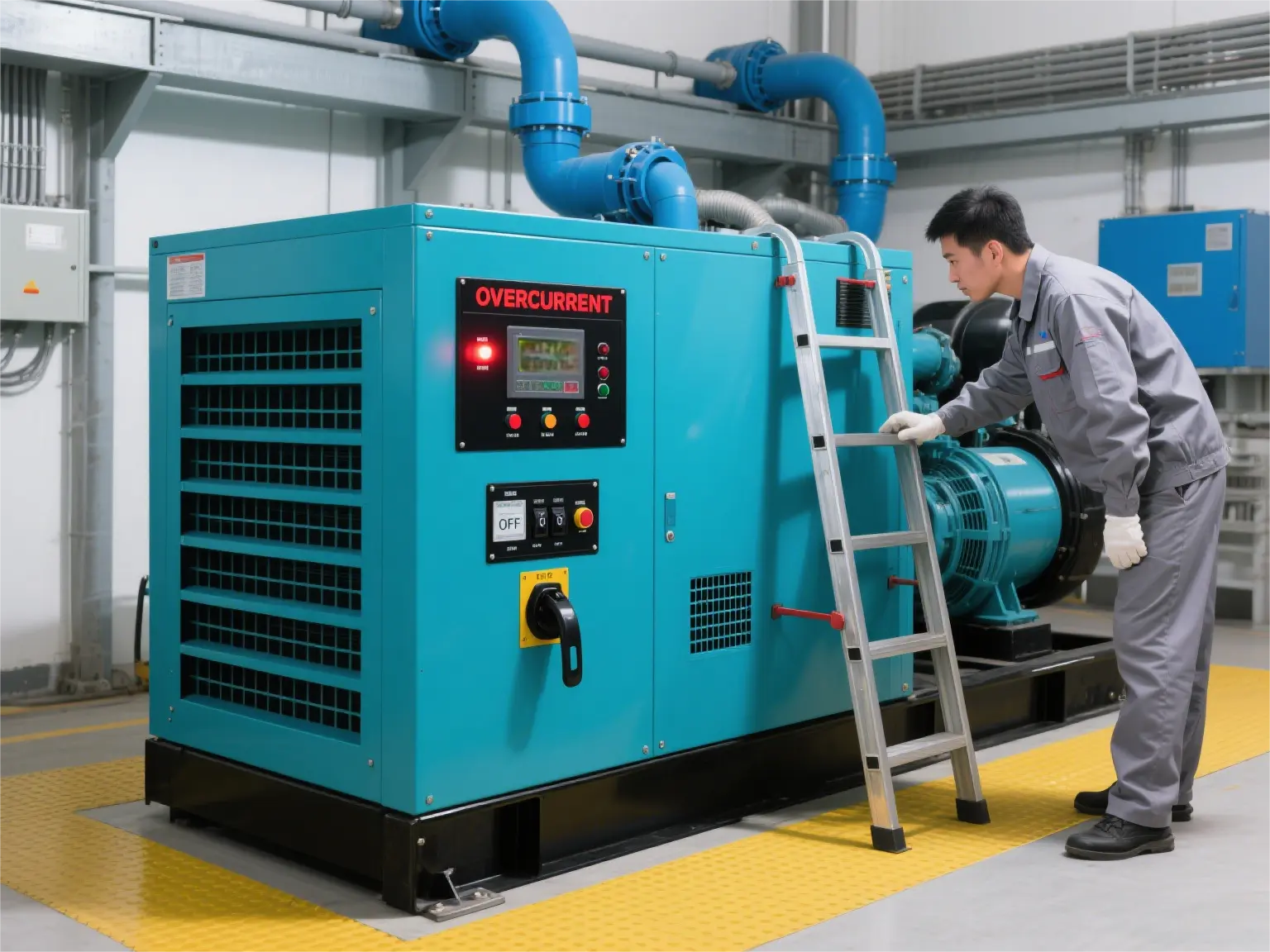
Understanding Over Current Protection
Simply put, Over Current Protection is a system designed to automatically disconnect the generator from the electrical load it's supplying if the current flowing exceeds a predetermined safe level for a specific duration. Think of it as a highly sophisticated circuit breaker tailored specifically for the generator's characteristics.
The Problem: Generators are designed to deliver power up to their rated capacity. When excessive current demand occurs – due to short circuits, massive equipment startups, cascading failures, or simply overloading the generator – it creates dangerous conditions.
The Solution: The OCP system continuously monitors the output current. If this current exceeds the preset threshold (the "setting") for longer than the preset time delay, the protection system triggers. This typically opens the generator's main circuit breaker or interrupts the excitation, stopping power generation and isolating the generator from the fault.
The primary goals of Over Current Protection are:
Preventing Equipment Damage: Excessive current generates intense heat, which can rapidly destroy generator windings, insulation, diodes in the AVR, and other critical components.
Ensuring Personnel Safety: High currents create arc flash hazards, fire risks, and can damage downstream equipment connected to the generator.
Maintaining System Stability: By isolating faults quickly, OCP helps prevent wider power system disturbances or complete collapse.
The High Cost of Operating Without Proper OCP
Neglecting or incorrectly setting Over Current Protection is an invitation to catastrophic failure. Generators operating without effective OCP face severe risks:
Catastrophic Generator Failure:
Burnt Windings & Insulation: Prolonged overcurrent causes extreme heat, melting winding insulation and copper conductors. Repair often requires a complete rewind or replacement of the stator/rotor – a very costly endeavor.
Voltage Regulator (AVR) Damage: The AVR, responsible for maintaining stable voltage, is highly sensitive to current surges and short circuits. Failure is common under overcurrent conditions without protection.
Rectifier/Bearing Damage: Excessive currents can induce damaging currents in the rotor, harming diodes and potentially causing bearing currents leading to premature bearing failure.
Fire Hazard: Intense heat from overloaded conductors or arcing faults can ignite surrounding materials, leading to devastating fires within the generator housing or connected switchgear.
Arc Flash Incidents: Short circuits can release enormous energy instantaneously in the form of an arc flash – an explosive event involving extreme temperatures, molten metal, and intense pressure waves, posing life-threatening risks to nearby personnel.
Damage to Connected Equipment: An unprotected generator experiencing a fault can send damaging voltage sags, spikes, or sustained overcurrent into the loads it supplies, ruining sensitive electronics, motors, and other equipment.
Extended Downtime: The repair or replacement time for a severely damaged generator or associated equipment translates directly into significant operational disruption and financial loss.
Types of Over Current Protection for Generators
Effective Over Current Protection isn't one-size-fits-all. Different fault conditions require different responses. Common OCP types and their settings include:
Instantaneous Overcurrent (50):
Purpose: Detects and reacts extremely quickly (within milliseconds) to very high magnitude faults, typically short circuits.
Setting: Usually set well above the generator's maximum anticipated load current (e.g., 200-300% of Full Load Amps (FLA)) but below the generator's short-circuit withstand capability. Its job is to clear dead shorts before they cause massive damage.
Response: Near-instantaneous trip (no intentional delay).
Time-Overcurrent (51):
Purpose: Protects against sustained moderate overcurrents that exceed the generator's thermal capacity but aren't necessarily short circuits (e.g., prolonged overloads). It allows temporary surges (like motor starting) without tripping.
Setting: Involves two key parameters:
Pickup Current (I>): The current level at which the timer starts counting (e.g., 125-150% of FLA).
Time Delay Curve: Defines how long the current can exceed the pickup before tripping. Common curves are Inverse Definite Minimum Time (IDMT) or Definite Time (DT).
Response: Delayed trip based on the magnitude of overcurrent and the selected time curve. Higher currents cause faster trips.
Generator Differential Protection (87G): (More advanced, often on larger units)
Purpose: Highly sensitive protection specifically for internal generator faults within the stator windings (phase-to-phase or phase-to-ground faults). Compares current entering vs. leaving the stator windings.
Setting: Very sensitive, typically set to trip for relatively small current imbalances (e.g., 10-20% of FLA) indicating an internal fault.
Response: Very fast trip (milliseconds).
Table: Common OCP Settings Overview
| Protection Type | Abbreviation | Primary Purpose | Typical Pickup Setting | Time Delay | Response Speed |
|---|---|---|---|---|---|
| Instantaneous Overcurrent | (50) | High-magnitude short circuits | 200-300% FLA | None | Milliseconds |
| Time-Overcurrent | (51) | Sustained overloads | 125-150% FLA | IDMT or DT Curve | Seconds to Minutes |
| Generator Differential | (87G) | Internal stator faults | 10-20% FLA | Very Short | Milliseconds |
Selecting and Coordinating Protection:
The correct Over Current Protection settings depend heavily on:
Generator specifications (kVA, FLA, impedance, short-circuit withstand rating).
The nature of the connected loads (motor starting currents, harmonics).
Coordination with upstream (utility) and downstream (feeder breakers) protection devices to ensure the closest device to the fault trips first (selective coordination).
Conclusion & Secure Your Power with JLMECH
Over Current Protection is far more than just a setting; it's a fundamental safeguard woven into the reliable operation of your diesel generator. Properly configured OCP is your frontline defense against catastrophic equipment damage, dangerous fire and arc flash hazards, costly downtime, and damage to valuable connected loads. Neglecting it is a gamble with extremely high stakes.
Understanding the types and principles of Over Current Protection highlights its critical role. However, selecting the precise settings and ensuring seamless integration within your overall electrical protection scheme requires deep expertise in generator technology and electrical engineering standards.
Don't leave your critical power assets and personnel safety to chance. Partner with experts who prioritize protection and performance.
JLMECH: Your Trusted Partner in Reliable Power Generation Solutions
At JLMECH, we possess decades of specialized expertise in designing, manufacturing, and supporting robust diesel generator solutions. Our commitment to engineering excellence and unwavering quality assurance means every generator we produce incorporates correctly calibrated and rigorously tested Over Current Protection systems, tailored to its specific design and intended application.
We understand that your power needs are unique. Our expert engineering team doesn't just sell generators; we provide comprehensive power solutions:
Precise Protection Design: We ensure optimal OCP settings based on your generator model and site-specific load profiles.
Customized Solutions: From standard standby units to complex prime power or paralleling systems, we engineer generators to meet your exact requirements.
Uncompromising Quality: Rigorous manufacturing and testing processes guarantee reliability when you need it most.
Ongoing Support: Expert technical assistance for commissioning, maintenance, and troubleshooting.
Ensure your operations are protected. Contact JLMECH today:
Let our specialists guide you to the ideal generator solution with the safety features your business demands. Email us at skala@whjlmech.com to discuss your specific power requirements and discover our range of customized products and services designed for reliability and peace of mind.
References
1. Institute of Electrical and Electronics Engineers (IEEE). *IEEE Std C37.102-2006: IEEE Guide for AC Generator Protection*. IEEE, 2006.
2. National Fire Protection Association (NFPA). NFPA 70: National Electrical Code (NEC). NFPA, 2023 Edition. (Particularly Article 445 - Generators).
3. Occupational Safety and Health Administration (OSHA). "Electrical Safety - Standards." U.S. Department of Labor. https://www.osha.gov/electrical/standards (General principles of electrical safety, including protection requirements).
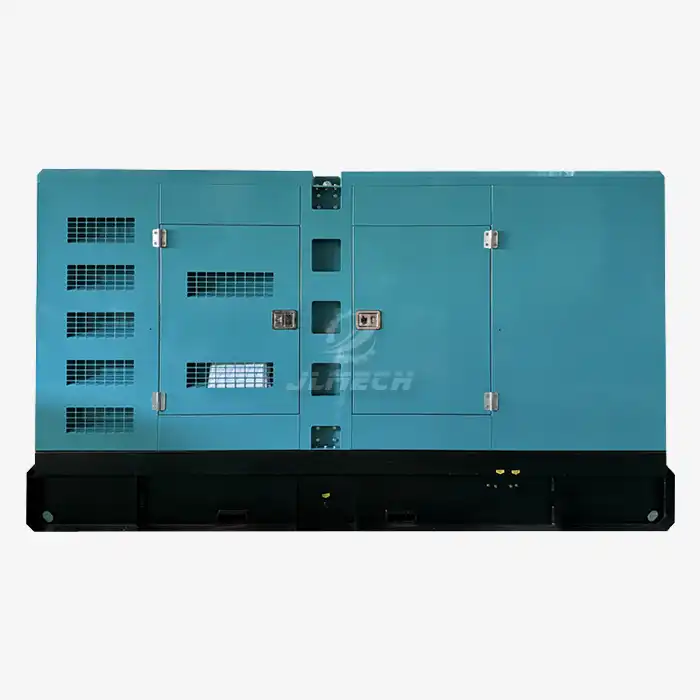 VIEW MOREperkins 150 kva
VIEW MOREperkins 150 kva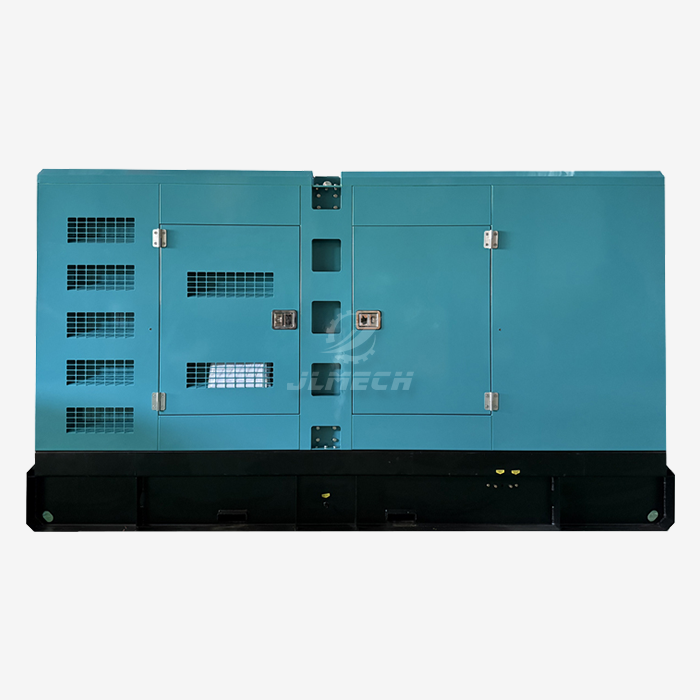 VIEW MORESelf-Starting Diesel Generator
VIEW MORESelf-Starting Diesel Generator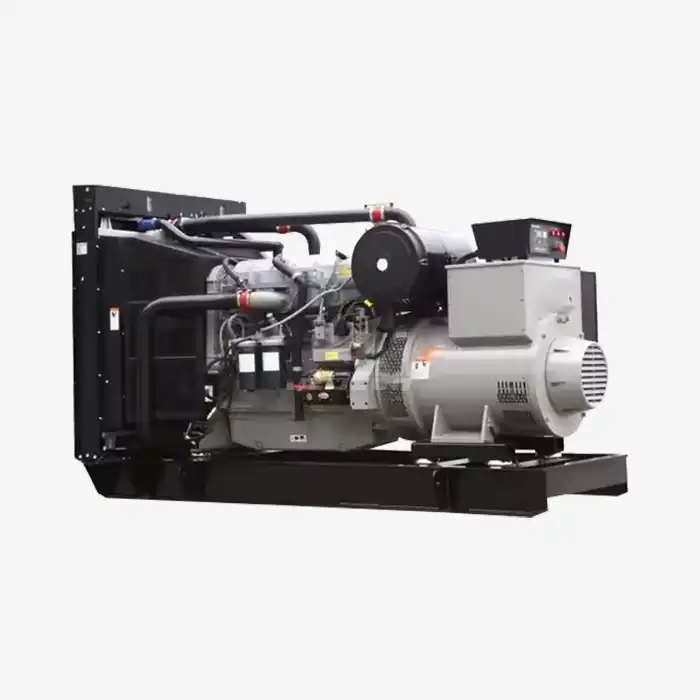 VIEW MORE100kVA Open Diesel Generator
VIEW MORE100kVA Open Diesel Generator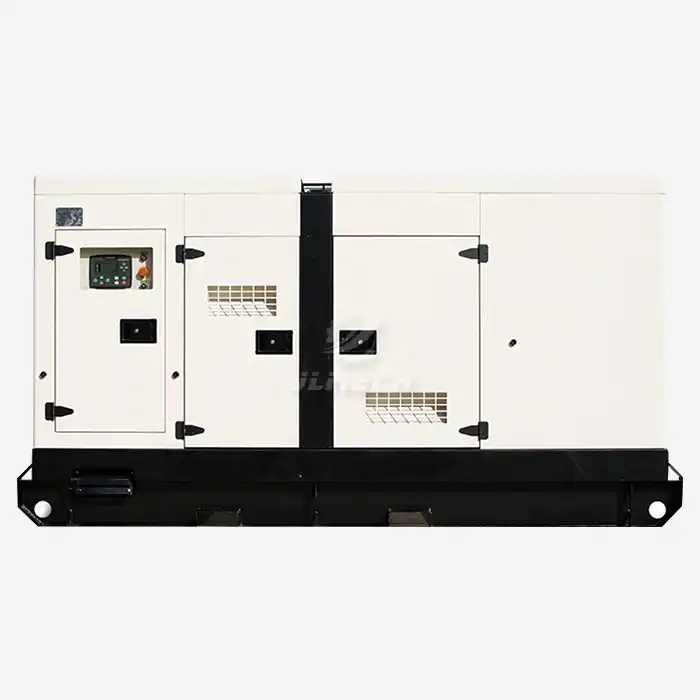 VIEW MOREDiesel generators used in hospitals
VIEW MOREDiesel generators used in hospitals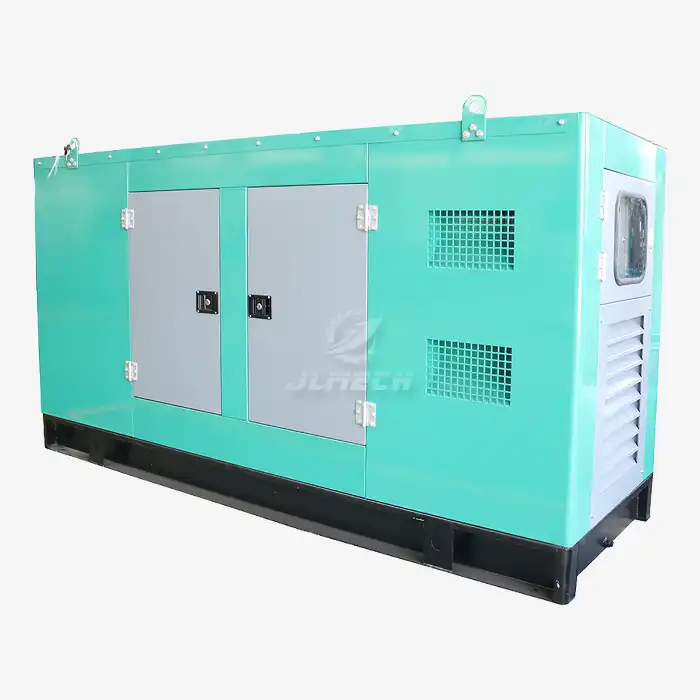 VIEW MOREThree-phase AC Silent Type generator
VIEW MOREThree-phase AC Silent Type generator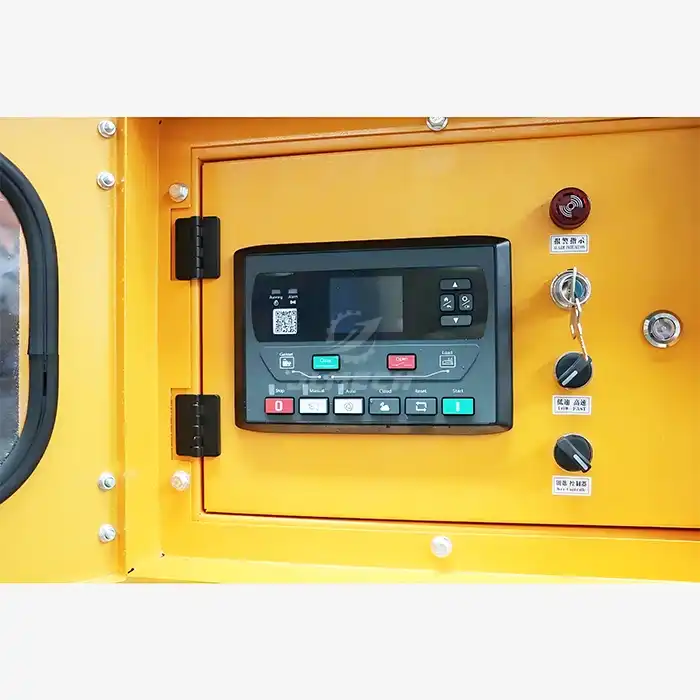 VIEW MOREgenerator control board
VIEW MOREgenerator control board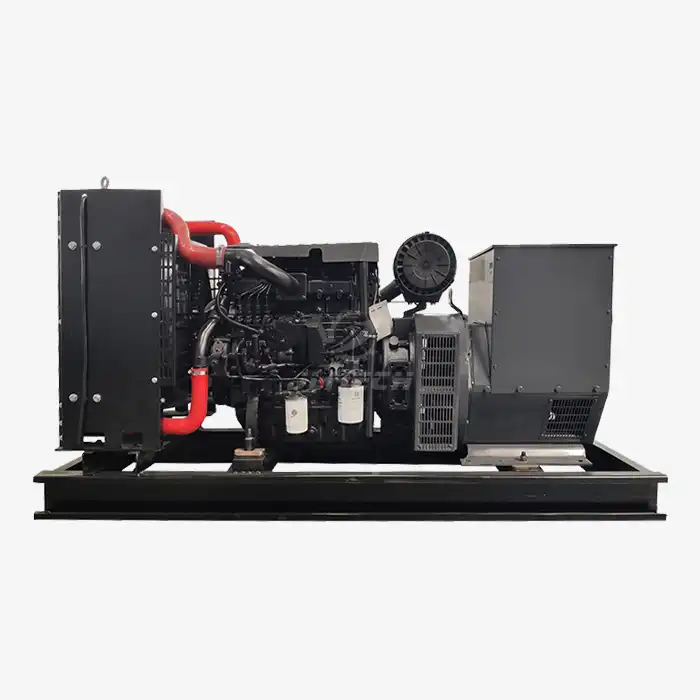 VIEW MOREweichai diesel generator 33kva
VIEW MOREweichai diesel generator 33kva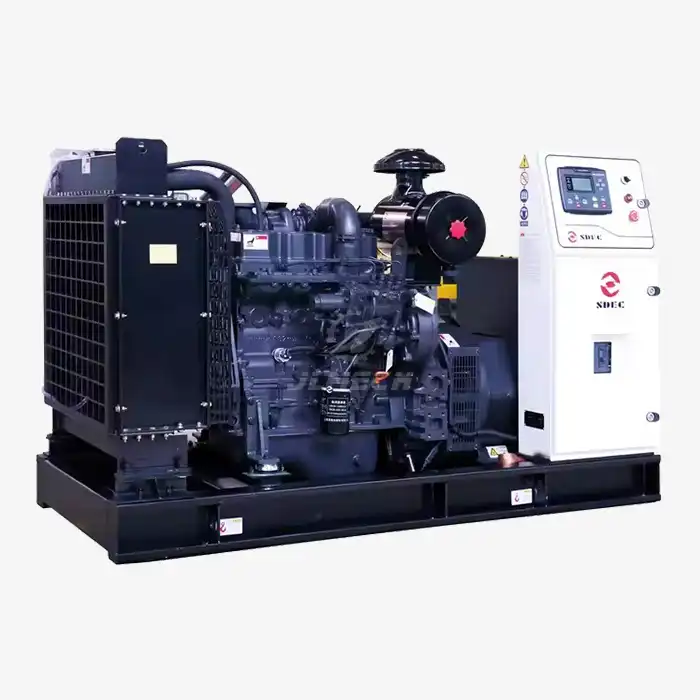 VIEW MOREshangchai diesel generator 50KW
VIEW MOREshangchai diesel generator 50KW



